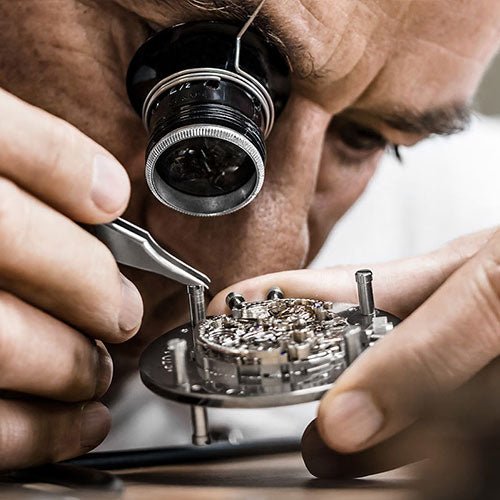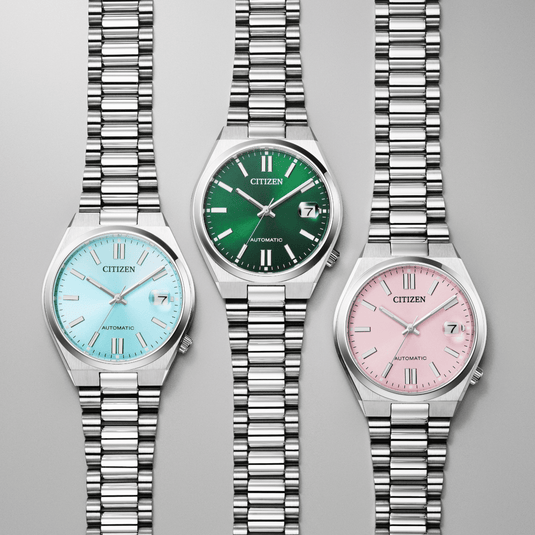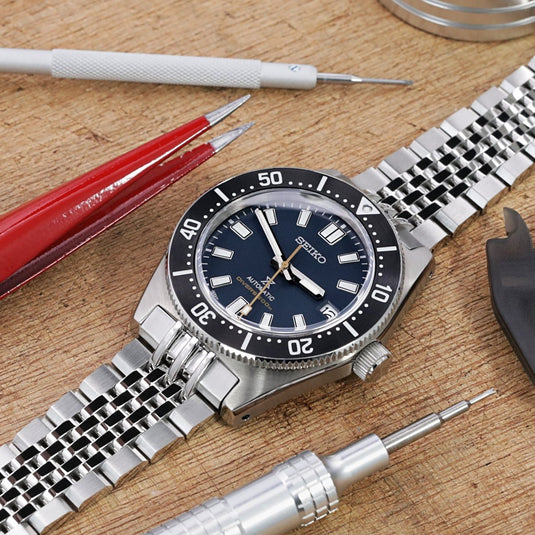An automatic watch is a marvel of mechanical engineering, blending precision and artistry into a timepiece designed to last a lifetime—if properly maintained. Regular servicing is essential to keep your watch running smoothly and to ensure its longevity. But how often should your automatic watch be serviced, and does the type of watch affect the frequency? Here’s a guide to understanding watch servicing and maintaining your prized timepiece.
General Service Guidelines for Automatic Watches
Most manufacturers recommend servicing an automatic watch every 5 to 7 years, though this can vary depending on the brand and usage. During a service, a professional watchmaker will disassemble the watch, clean the components, replace worn-out parts, lubricate the movement, and ensure everything is functioning optimally.
Here’s how often some prominent brands suggest servicing:
- Omega: Every 5 to 8 years, depending on usage. Omega watches are known for their robust Co-Axial movements, which reduce friction and may extend service intervals.
- TAG Heuer: Typically every 5 to 6 years, although their modern movements are designed to handle wear efficiently.
- Seiko: Seiko recommends servicing every 3 to 5 years for their mechanical watches. Their affordability and durability make them a favorite among enthusiasts, but regular maintenance is still crucial.
If you frequently expose your watch to extreme conditions, such as high temperatures, humidity, or shocks, you may need to service it more often. Similarly, water-resistant watches that are used for swimming or diving should have their seals checked annually to maintain their water resistance.
Chronographs: A Special Case
Chronographs, or watches with stopwatch functions, require more frequent servicing than simpler automatic watches. Their additional complications involve more moving parts, such as the chronograph’s pushers, gears, and clutch mechanisms, which are more susceptible to wear and tear.
For example, Omega’s Speedmaster, TAG Heuer’s Carrera, and Seiko’s Prospex chronographs may benefit from servicing every 4 to 5 years, especially if the chronograph functions are used often. Regular servicing ensures these intricate mechanisms remain accurate and prevents premature wear that could lead to costly repairs.
Signs That Your Watch Needs Immediate Attention
Even if you follow the recommended service intervals, it’s important to watch for signs that your timepiece may need immediate attention. These include:
- Timekeeping Issues: If your watch is gaining or losing time significantly, it could indicate a problem with the movement.
- Unusual Noises: Clicking, grinding, or other unusual sounds when winding the watch or using the chronograph functions are red flags.
- Moisture: Fogging inside the crystal suggests a breach in water resistance, which can lead to severe damage if not addressed quickly.
- Stiff Winding: Difficulty in winding the watch or setting the time could mean that the lubricants have dried up.
Ignoring these warning signs can lead to more expensive repairs later.
How a Watch Winder Can Help
If you rotate between multiple watches and leave some unworn for extended periods, a watch winder can be a valuable tool. A watch winder gently keeps your automatic watch running when it’s not on your wrist, ensuring the movement’s lubricants stay evenly distributed. This can prevent the lubricants from drying out or settling unevenly, which could impact the watch's accuracy and longevity.
While a watch winder is not a replacement for regular servicing, it can help maintain the health of your timepiece, particularly if it features complications like a perpetual calendar or moon phase, which can be tedious to reset. Just ensure you choose a winder with programmable settings that match your watch’s specific winding requirements to avoid overwinding.
Conclusion
Servicing your automatic watch is an essential part of ownership, ensuring it runs accurately and reliably for years to come. While the general guideline is to service your watch every 5 to 7 years, chronographs and heavily used watches may require more frequent attention. Stay vigilant for signs of wear, and consider using a watch winder to maintain your timepiece’s accuracy when it’s not being worn.
With proper care and regular maintenance, your automatic watch can remain a treasured companion and a testament to the craftsmanship of brands like Omega, TAG Heuer, and Seiko.



